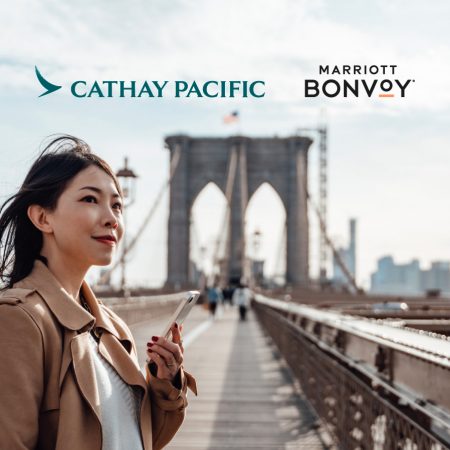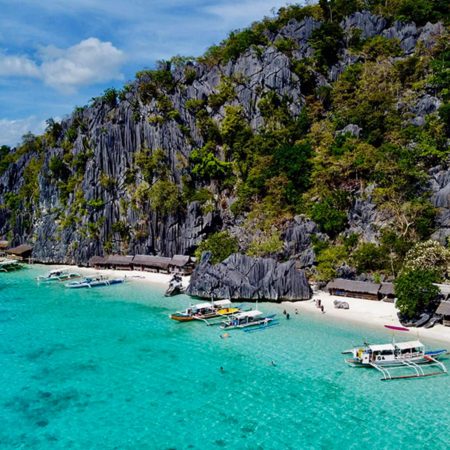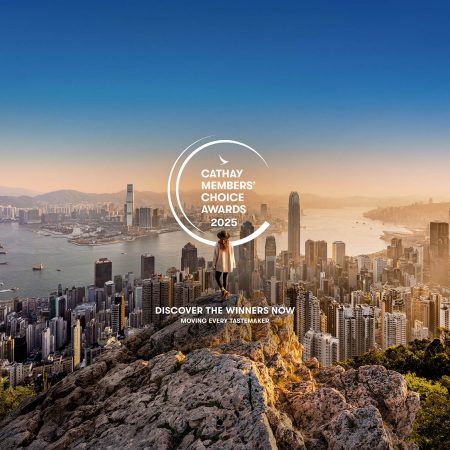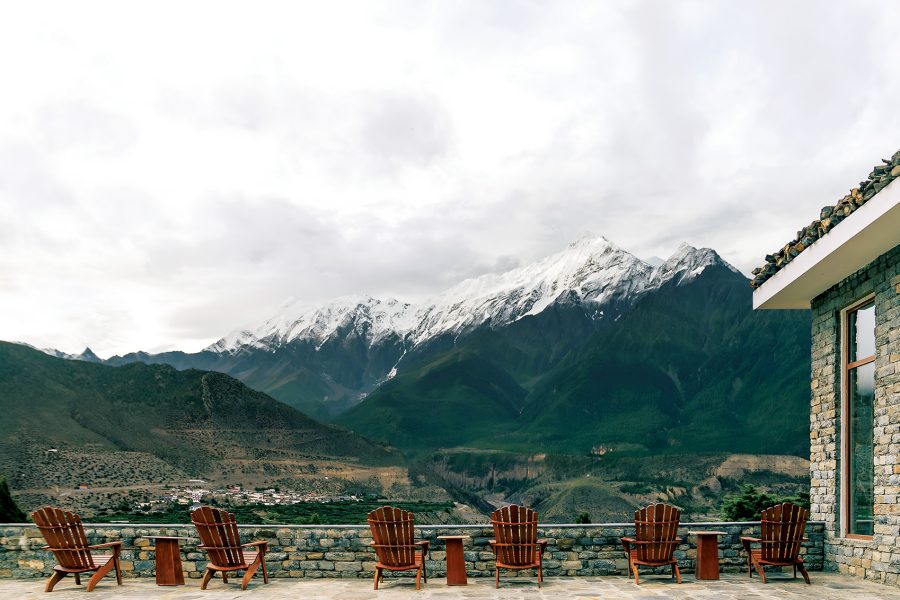Stepping onto the tarmac at Jomsom Airport, I’m struck by the sheer magnitude of my surroundings. The single runway is surrounded by rugged, wind-scarred mountains, dwarfed only by the towering snow-capped peaks behind them. Everything feels bigger and wilder here in Mustang.
Straddling the Himalayas and extending northward onto the Tibetan Plateau, this is one of the most remote regions in Nepal. Upper Mustang, also known as the Kingdom of Lo, was closed off to the outside world until 1992 and is still only open to a limited number of trekking groups today. By comparison, Lower Mustang is more accessible – though it’s still two flights, or a bumpy 12-hour car ride, from the capital of Kathmandu.
Jomsom, with its tiny, dramatic airport, is the gateway to it all. For years, this small town has been viewed as a transit stop. It’s the starting point for treks to Upper Mustang and pilgrimages to Muktinath, a sacred site for both Hindus and Buddhists; and the final stop for many on the Annapurna Circuit mountain trail. Small planes zip in and out of Jomsom each morning, but visitors tend to pass through quickly.
A new hotel, perched on the hillside above Jomsom Bazaar, invites you to linger a little longer. With a five-night minimum stay, Shinta Mani Mustang offers a luxurious alternative to traditional trekking lodges of the region. Guests undertake a personalised programme of day excursions, exploring nearby ancient villages, visiting monasteries and hiking unspoilt trails – a glimpse into the overlooked parts of Lower Mustang.
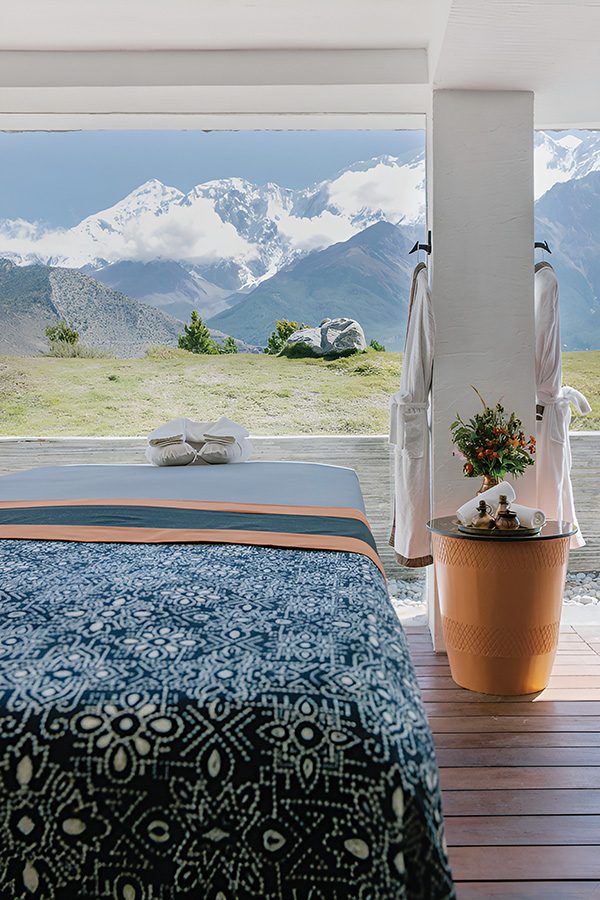
Credit: Elise Hassey
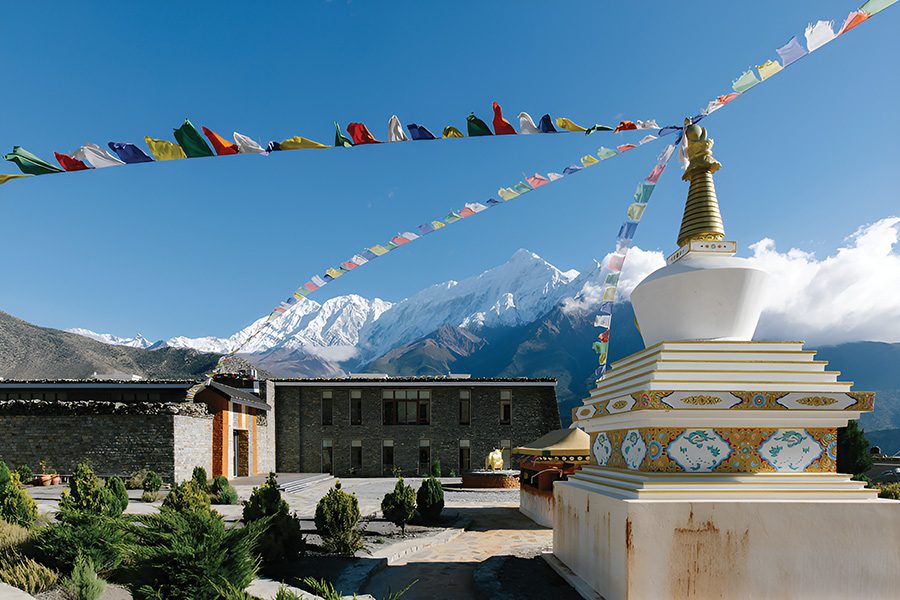
Credit: Elise Hassey
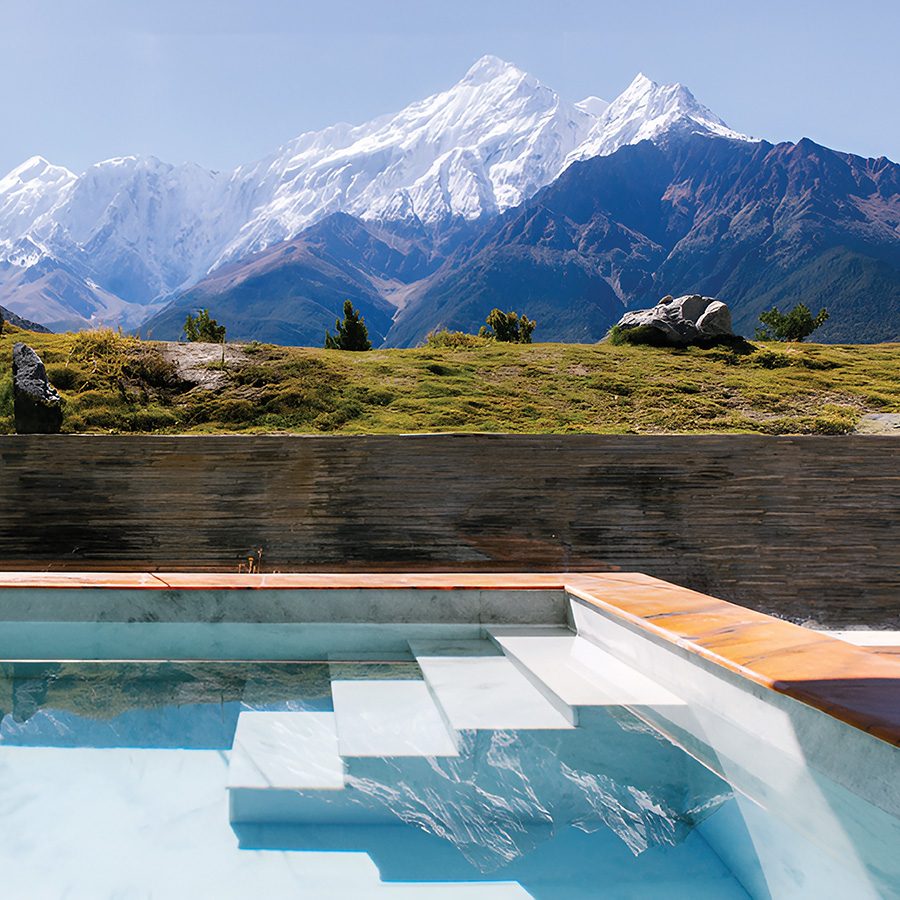
Credit: Elise Hassey
The hotel itself, built from local stone by Nepalese architect Prabal Thapa, appears to rise out of the landscape. It opened in August 2022, a collaboration between Kathmandu-based Sherpa Hospitality, hospitality guru Jason M. Friedman and pioneering designer Bill Bensley’s Shinta Mani hotels.
“What inspired the design of Shinta Mani Mustang? Mustang, Mustang, Mustang,” Bensley tells me. Every detail was carefully chosen to celebrate the animism that is so unique to the region. “It’s like another world.”
Bensley has certainly brought his signature flair to the property. He has daubed the exterior with red-, mustard- and white-coloured mud, inspired by the striped patterns of nearby stupas, monuments built to house sacred relics.
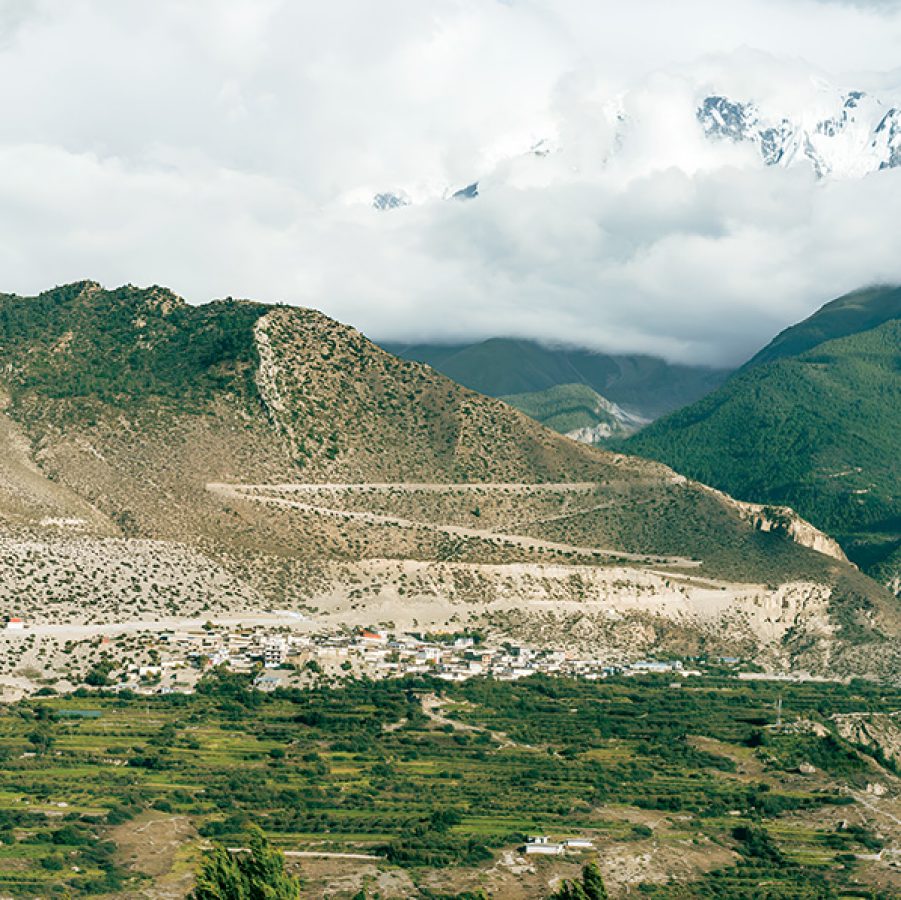
Inside, a collection of upcycled furniture, curated artwork and local textiles in rich, warm colours honour the landscape. And then, of course, there’s the view. The mesmerising Nilgiri mountains are visible everywhere you look – from the spacious suites to the restaurant, bar and wellness centre, where the 11th-generation Amchi Tibetan medicine doctor offers traditional treatments.
My personal guide during my stay is seasoned trekker Raju Kunwar, who was born in the Annapurna foothills. He starts me off easy with a 30-minute hike, heading across the dried Kali Gandaki River and up to the 700-year-old Thini village. The homes are made of mud and stone, their flat roofs stacked with firewood. Kunwar tells me that the firewood is a display of wealth – and reinforcement to stop roofs flying off in the strong winds.
Thini is the oldest of the Panchgaon, or five villages, of the region. “This area is home to the Thakali community,” says Kunwar. “They’re farming people; they cultivate beans, wheat, buckwheat, barley, apples, vegetables.”
Each of the towns has its own monastery: quiet, intricately painted spaces where nuns practise the same traditions they have for years. Kunwar points across the valley to the Kutsab Ternga Monastery. Just a few days earlier, villagers gathered there for the annual Dheykab lama dance ceremony, a meditative practice started in the eighth century. Wearing colourful attire and large deity masks, the lamas – Buddhist teachers – twirl to the mesmerising rhythm of gongs, horns and drums. They’re telling an age-old tale of good triumphing over evil.
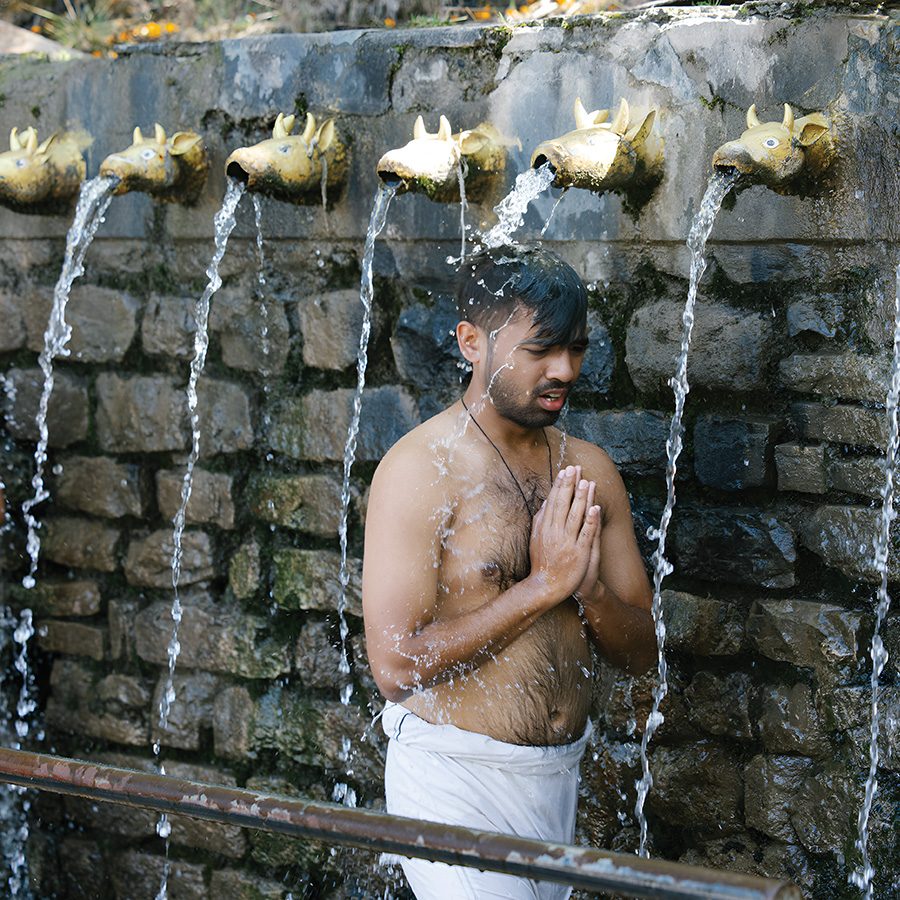
Credit: Elise Hassey
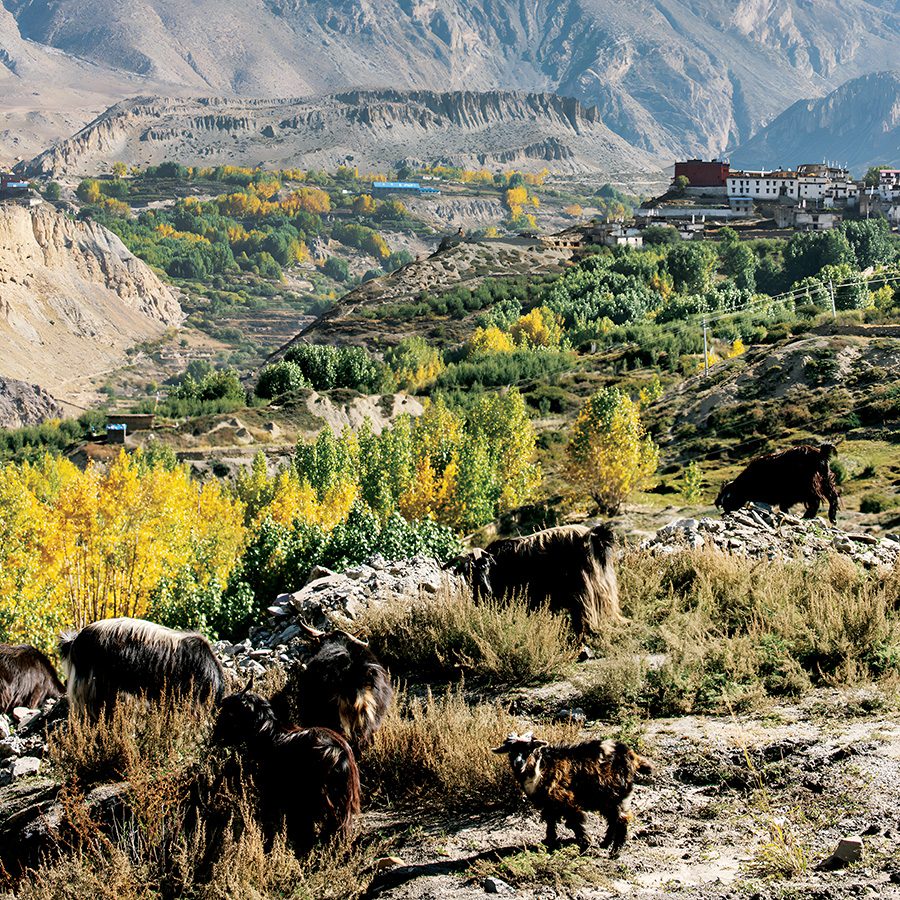
Credit: Elise Hassey
There is a great importance placed on preserving tradition and cultural heritage in Mustang. And that extends to the cuisine. In Marpha, the largest of the five villages, I visit Kamala Lalchan, a Thakali chef and civic leader, who prepares a thali of dal, ghee-laden rice, spinach and a medley of pickles – all harvested from the nearby farmland. Marpha is famous for its apples, and Lalchan runs a cooperative that supports female apple farmers in the region. She proudly talks about their harvest as she pours me a glass of her homemade cider.
Farther north is home to the Gurung people, whose language, culture and way of life differs to the Thakali. We stop in Jharkot to marvel at its Sakya-pa monastery before Kunwar leads me to Jhong, an ancient fort village where a friendly didi (sister) welcomes me into her home. There’s not a single other tourist in either town.
We later join pilgrims at Muktinath, where they strip down and race under the 108 fountains said to wash away sins and bring salvation. We get as far as Kagbeni, another sacred Hindu site and the farthest north you can go without a permit for Upper Mustang. I settle in for a yak burger at Yac Donalds, a sustainability-focused hotel and restaurant, and chat to a group of Lithuanian bikers riding Royal Enfields through the region.

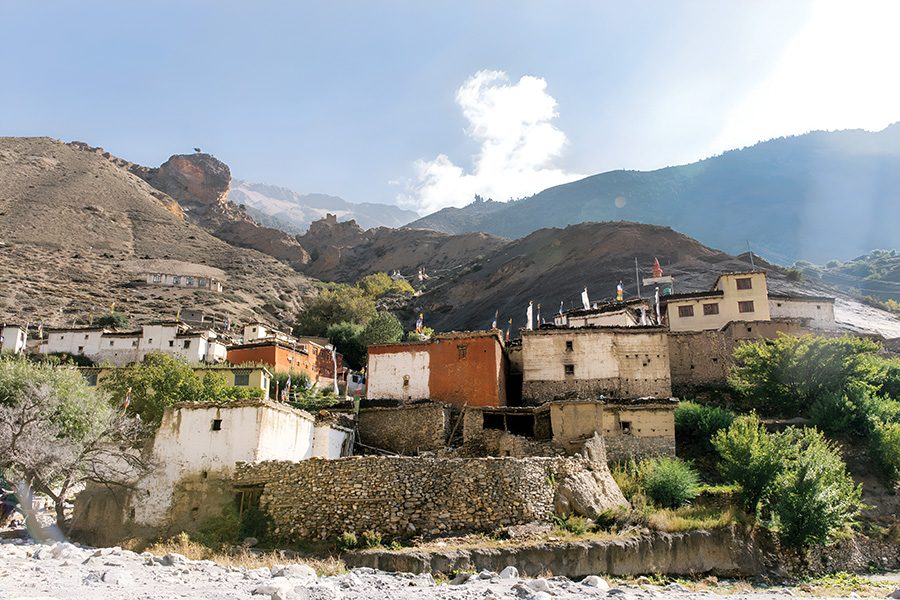
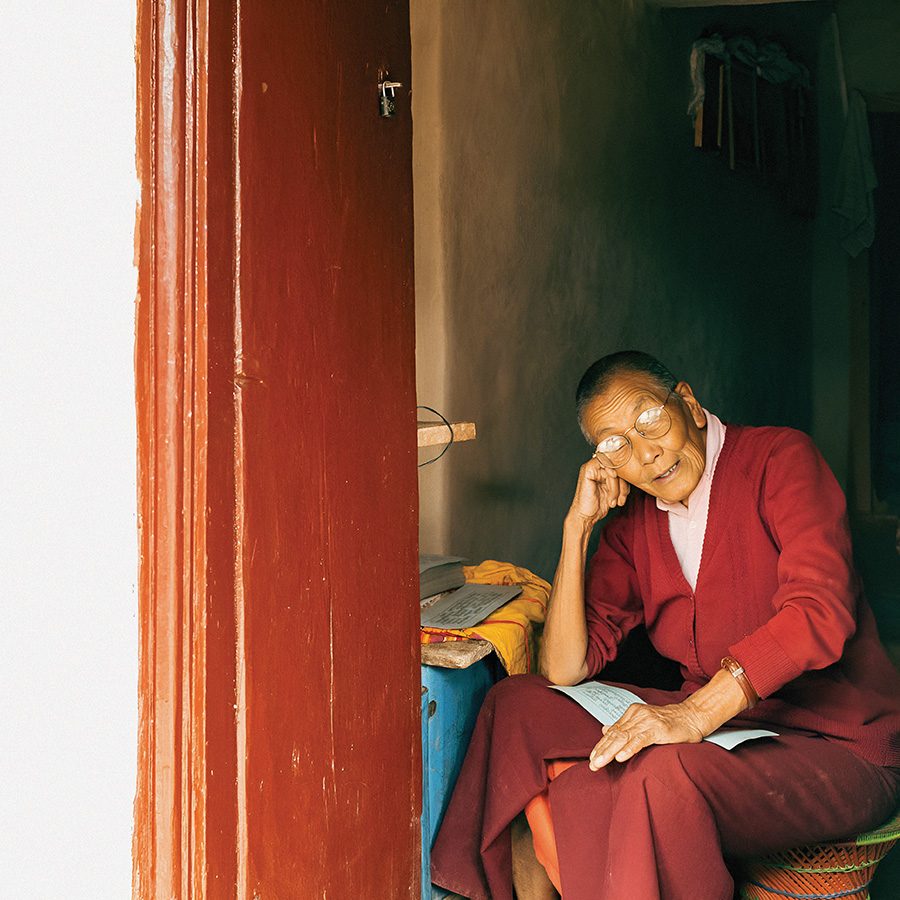
My final day in Mustang is spent in Lubra, one of Lower Mustang’s most isolated villages. Reached only by hiking the Panda Khola River Gorge, the secluded hamlet is one of the country’s last remaining strongholds of the Bon religious tradition. Villagers believe that Lubra is protected by a snake god, and Kunwar points out the series of long, wavy ridges in the cliffside opposite the town. They appear to have been etched by water, wind – or perhaps something more reptilian.
The cliffs also house several caves. It’s there that the town’s monks recite mantras and meditate, sometimes for weeks, months or even years at a time. We venture across the gorge and scale the steep stairs into one of the caves. “Very few tourists come here,” says Kunwar, as we squat on the floor. “They pass by on the trail from Muktinath to Jomsom, but few know what’s inside.”
I’m glad that I stopped here. Here, in a meditation cave, barely even scratching the surface of Mustang.
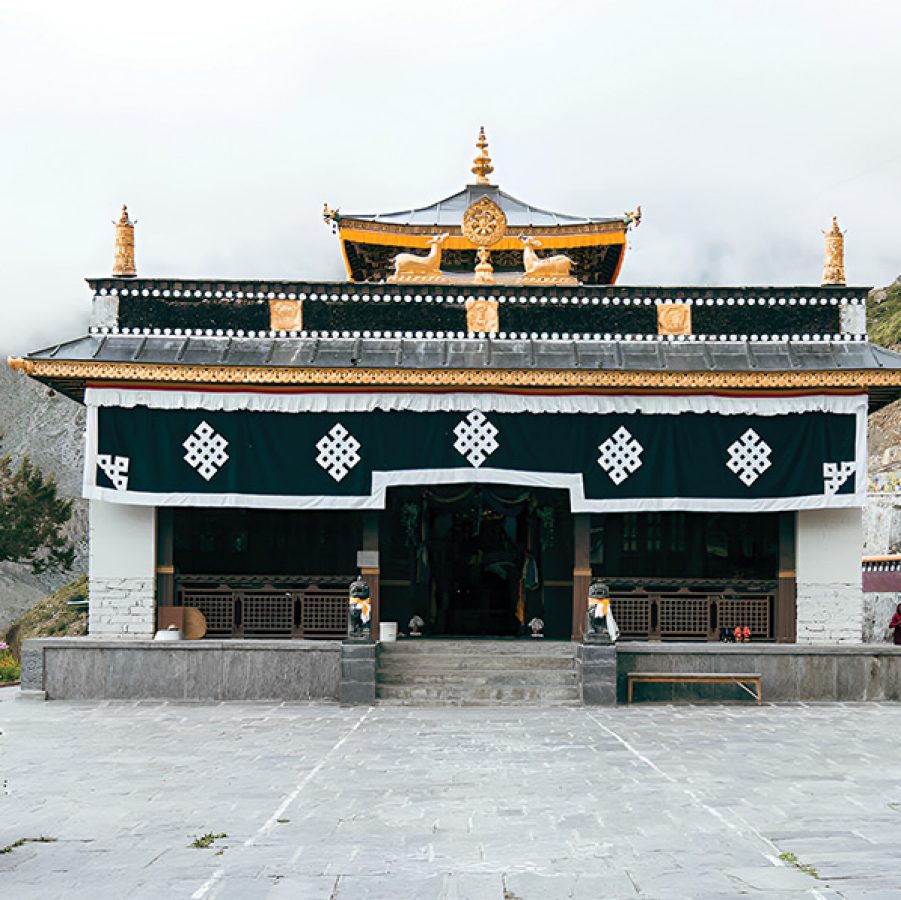
Get there
Cathay Pacific flies from Hong Kong to Kathmandu. There are four domestic airlines that fly between Kathmandu and Pokhara, and two that fly between Pokhara and Jomsom. We flew Yeti Airlines then Tara Air. Domestic flights take about 20-25 minutes each.
Alternatively, charter a helicopter from Kathmandu to Jomsom, which is a scenic 80-minute journey.Prefer to hit the road? The drive takes about 12 hours.
Stay here
You’ll need to spend at least one night in Kathmandu, as flights to Pokhara and Jomsom don’t leave until the morning. The Nomad Hotel in Lazimpat offers contemporary rooms not far from buzzy Thamel.
Need to know
You’ll need two types of permits in order to visit Lower Mustang: TIMS (Trekkers Information Management System) and ACAP (Annapurna Conservation Area Project). You can apply at the Nepal Tourism Board Office in Kathmandu, or your hotel or guide can organise them for you. The total cost is 5,000 rupees (about HK$292).
More inspiration
- China – the Chinese Mainland, Hong Kong SAR, Macao SAR and Taiwan Region
- Hong Kong SAR - English
- Chinese Mainland (China) - English
- Taiwan, China - English
- 香港特別行政區 - 繁體中文
- 中国內地 - 简体中文
- 中國台灣 - 繁體中文
- Africa
- South Africa - English
- Asia
- Bangladesh - English
- Korea - English
- Singapore - English
- Cambodia - English
- 한국 - 한국어
- Sri Lanka - English
- India - English
- Malaysia - English
- Thailand - English
- Indonesia - English
- Maldives - English
- ประเทศไทย - ภาษาไทย
- Indonesia - Bahasa Indonesia
- Myanmar - English
- Vietnam - English
- Japan - English
- Nepal - English
- Việt Nam - tiếng Việt
- 日本 - 日本語
- Philippines - English
- Australasia
- Australia - English
- New Zealand - English
